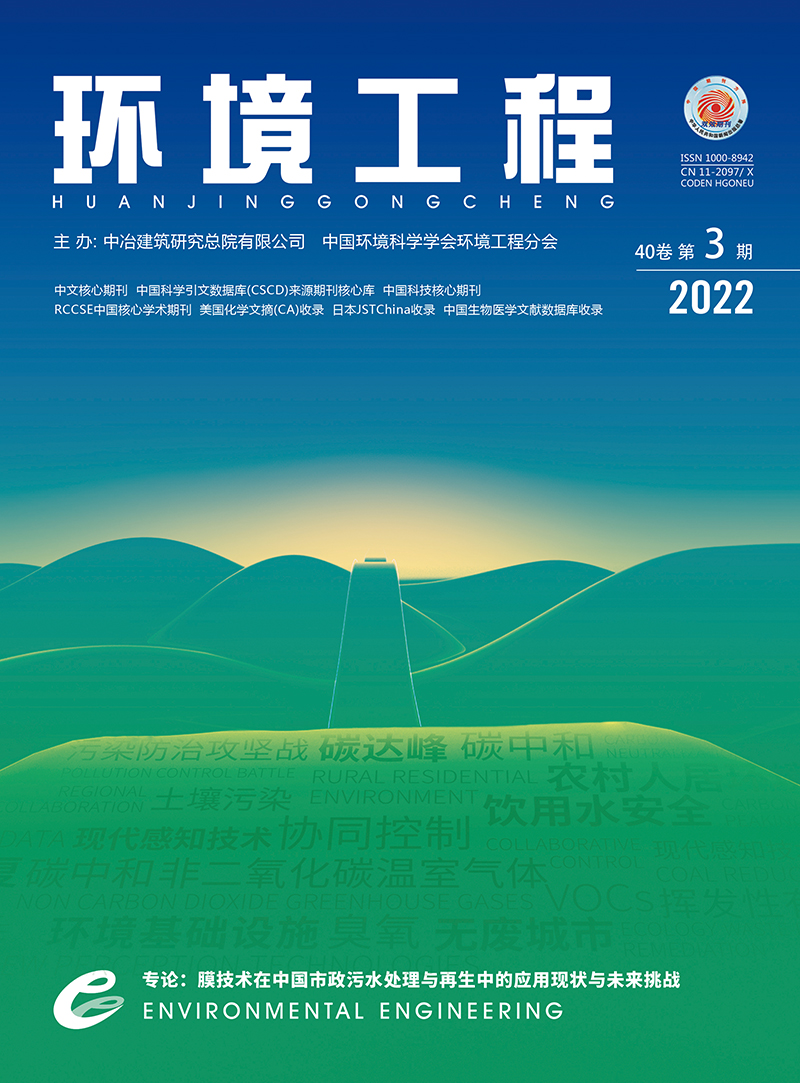| [1] |
中国电力企业联合会.中国电力行业年度发展报告2019[M].北京:中国市场出版社,2019.
|
| [2] |
中国钢铁工业协会[EB/OL].http://www.chinaisa.org.cn/gxportal/xfgl/portal/list.html?columnId=50d99531d5dee68346653ca9548f308764ad38410a091e662834a5ed66770174.
|
| [3] |
蒋靖坤,邓建国,李振,等.固定污染源排气中PM2.5采样方法综述[J].环境科学, 2014, 35(5):2018-2024.
|
| [4] |
蒋靖坤,邓建国,段雷,等.基于虚拟撞击原理的固定源PM10/PM2.5采样器的研制[J].环境科学, 2015, 35(10):3639-3643.
|
| [5] |
李妍菁,邓建国,王刚,等.固定源可凝结颗粒物稀释采样器的设计[J].环境科学学报, 2020, 40(5):1656-1660.
|
| [6] |
MORINO Y, CHATANI S, TANABE K, et al. Contributions of condensable particulate matter to atmospheric organic aerosol over Japan[J]. Environmental Science&Technology, 2018, 52(15):8456-8466.
|
| [7] |
FENG Y P, LI Y Z, CUI L. Critical review of condensable particulate matter[J]. Fuel, 2018, 224(1):801-813.
|
| [8] |
蒋靖坤,邓建国,王刚,等.固定污染源可凝结颗粒物测量方法研究[J].环境科学, 2019, 40(12):5234-5239.
|
| [9] |
WANG G, DENG J, ZHANG Y, et al. Evaluating airborne condensable particulate matter measurement methods in typical stationary sources in China[J]. Environmental Science&Technology, 2020, 54(1):1363-1371.
|
| [10] |
裴冰.燃煤电厂可凝结颗粒物的测试与排放[J].环境科学, 2015, 36(5):1544-1549.
|
| [11] |
祁建民,孙和泰,黄治军,等.超低排放燃煤电厂SO3和可凝结颗粒物迁移规律研究[J].热力发电,2021,50(4):72-77.
|
| [12] |
LI J W, QI Z F, LI M, et al. Physical and chemical characteristics of condensable particulate matter from an ultralow-emission coal-fired power plant[J]. Energy&Fuels, 2017, 31(2):1778-1785.
|
| [13] |
杨柳,张斌,王康慧,等.超低排放路线下燃煤烟气可凝结颗粒物在WFGD、WESP中的转化特性[J].环境科学, 2019, 40(1):121-125.
|
| [14] |
邓建国,王刚,张莹,等.典型超低排放燃煤电厂可凝结颗粒物特征和成因[J].环境科学, 2020,41(4):1589-1593.
|
| [15] |
朱法华,李军状.我国燃煤电厂SO3和可凝结颗粒物控制存在问题与建议[J].环境影响评价, 2019, 41(3):1-5.
|
| [16] |
YANG H H, LEE K T, HSIEH Y S, et al. Emission characteristics and chemical compositions of both filterable and condensable fine particulate from iron and steel plants[J]. Aerosol and Air Quality research,2015,15(4):1672-1680.
|
| [17] |
张莹,邓建国,王刚,等.典型钢铁焦化厂可凝结颗粒物排放特征[J].环境工程,2020,38(9):154-158.
|
| [18] |
CORIO L A, SHERWELL J. In-stack condensable particulate matter measurements and issues[J]. Journal of Air&Waste Management Association, 2000, 50(2):207-218.
|
| [19] |
邓建国,张莹,王乐冰,等.测量固定源可凝结颗粒物的稀释间接法及系统[J].环境科学学报,2020,40(11):4162-4168.[20] DING X, LI Q, WU D, LIANG Y, et al. Unexpectedly increased particle emissions from the iron and steel industry determined by wet/semidry/dry flue gas desulfurization technologies[J]. Environmental Science&Technology, 2019,53(17):10361-10370.[21] 徐静颖.典型煤种热解与燃烧过程挥发性有机组分生成与排放特性[D].北京:清华大学,2019.[22] HUANG, Y M, HUANG S X, LIN C W, et al. Evaluation of bias in the measurement of condensable particulate matter with Method 202[J]. Aerosol and Air Quality Research, 2021, 21(1)1-12.[23] 廖继勇,何国强.近五年烧结技术的进步与发展[J],烧结球团, 2018, 43(5):1-11.[24] LI J X, HE X P, PEI B, et al. The ignored emission of volatile organic compounds from iron ore sinter process[J]. Journal of Environmental Sciences, 2019,77(1):282-290.[25] 王海风,秦松,姜曦,等.钢铁工业烧结过程VOCs减排研究进展[J].钢铁, 2018,53(1):1-7.
[26] YANG H H, LEE K T, HSIEH Y S, et al. Filterable and condensable fine particulate emissions from stationary sources[J]. Aerosol and Air Quality Research, 2014, 14(7):2010-2016.
|


 Login
Login Register
Register E-alert
E-alert






 DownLoad:
DownLoad: